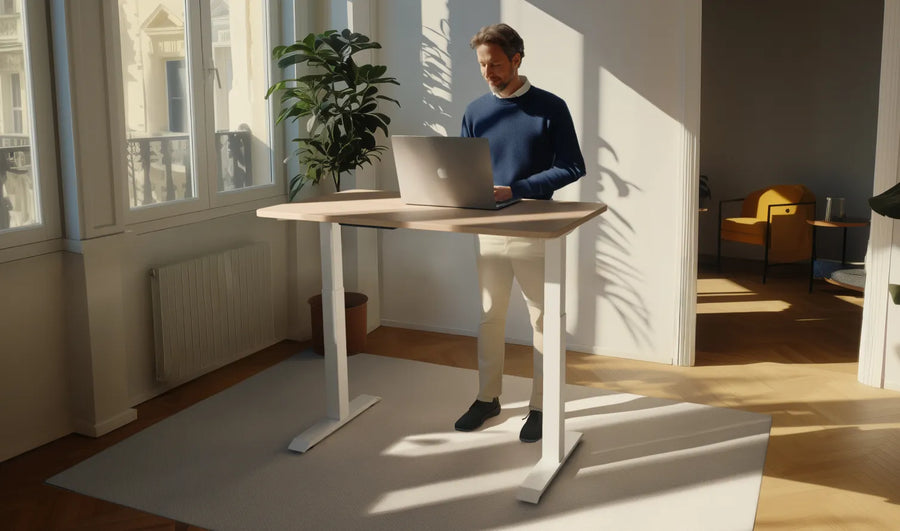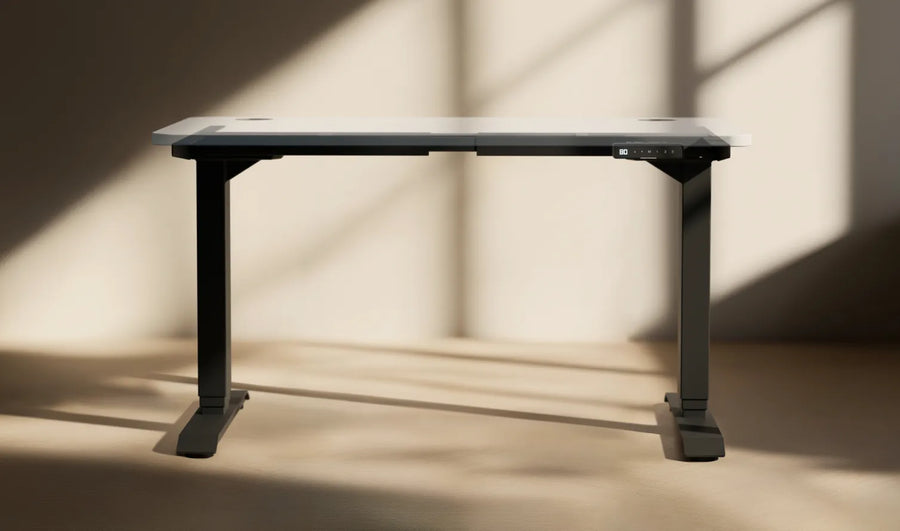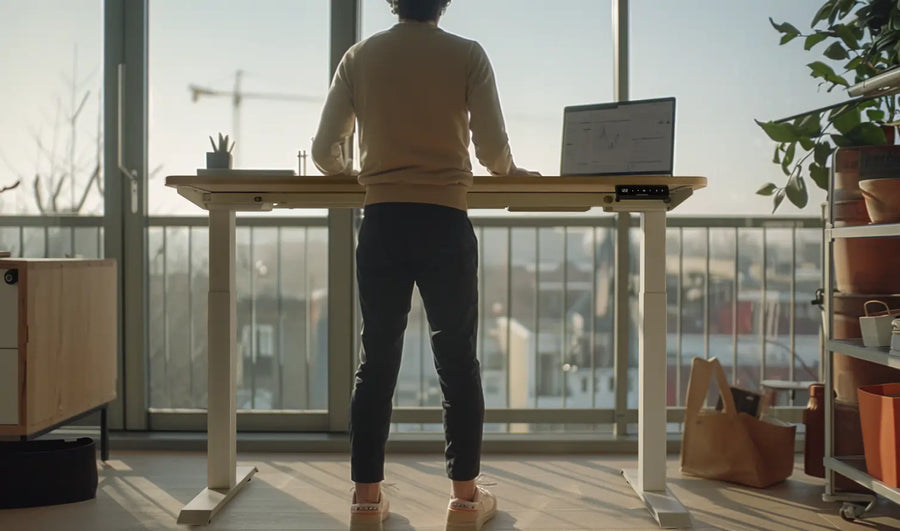Your guide to ergonomics
Comfort matters—everyone knows that. The good news is, we have the solutions and expert guidance to help you create a healthier, more comfortable home office.
You are shopping in United Kingdom
However, we don’t ship there from our United Kingdom store
We are sorry but shipping in COUNTRY is not available yet.
Would you like to switch to another store?
Du kaufst in Vereinigten Königreich ein
Aus unserem Shop in Vereinigten Königreich versenden wir allerdings nicht dorthin.
We are sorry but shipping in COUNTRY is not available yet.
Möchtest du zu einem anderen Shop wechseln?
Du kaufst in Vereinigten Königreich ein
Aus unserem Shop in Vereinigten Königreich versenden wir allerdings nicht dorthin.
We are sorry but shipping in COUNTRY is not available yet.
Möchtest du zu einem anderen Shop wechseln?
You are shopping in United Kingdom
However, we don’t ship there from our United Kingdom store
We are sorry but shipping in COUNTRY is not available yet.
Would you like to switch to another store?
Actuellement vous êtes sur le site Royaume-Uni
Cependant, nous n'expédions pas en France depuis notre boutique britannique.
We are sorry but shipping in COUNTRY is not available yet.
Souhaitez-vous être transféré(e) vers une autre boutique ?
Jūs perkate Jungtinėje Karalystėje
Deja, prekių iš Jungtinės Karalystės ten nesiunčiame.
We are sorry but shipping in COUNTRY is not available yet.
Ar norite pakeisti parduotuvę?
U winkelt in Verenigd Koninkrijk
Wij verzenden echter niet vanuit onze winkel in Verenigd Koninkrijk naar Nederland.
We are sorry but shipping in COUNTRY is not available yet.
Wilt u overschakelen naar een andere winkel?
U winkelt in Verenigd Koninkrijk
Wij verzenden echter niet vanuit onze winkel in Verenigd Koninkrijk naar België.
We are sorry but shipping in COUNTRY is not available yet.
Wilt u overschakelen naar een andere winkel?
Jesteś na stronie sklepu dla Wielka Brytania
Nasz sklep w Wielkiej Brytanii nie realizuje wysyłek do Twojego kraju.
We are sorry but shipping in COUNTRY is not available yet.
Czy chcesz przejść do innego sklepu?














Leaving empty-handed? Find the best deals to create your dream workspace!
Shop allComfort matters—everyone knows that. The good news is, we have the solutions and expert guidance to help you create a healthier, more comfortable home office.

A well-designed workspace is essential for productivity, comfort, and long-term health. After all, this is a place where we spend a big portion of our day. At the heart of any effective desk setup lies the desk frame, which is essentially the backbone of functionality and aesthetics. If you choose the right desk frame, you’ve basically done half the job in transforming your workspace into a hub of efficiency and style. Here’s what you need to know about desk frames before you customize your workspace.

Workspaces should be as comfortable as they are efficient. These two are the backbone of every productive office, where mental and physical well-being matters. Call it the office aura, feng shui, or however you like. One of the most transformative additions to a modern office is the electric standing desk, also known as a height-adjustable desk. Offering a range of benefits, these pieces of furniture have entirely shifted the way of working.

Are you suffering at work? Is bad posture causing you aches and pains? How about your energy levels – are you pumped up and raring to go, or are you feeling lethargic and unmotivated? If any of these negative symptoms apply to you, a standing desk could be the solution. It is well established that standing rather than sitting when working helps realign posture, decompress the spine, and alleviate sore muscles. It can also improve mood, focus, and productivity, as well as actively contribute to calorie burn and overall good health.

Let’s start with a simple question: how many hours do you spend working in a chair by your desk? And is this chair only used for your work or your productive free time or hobbies as well, making these hours really expand? Here, we’ll look at the similarities between office chairs and gaming chairs, the key differences, and why office chairs are the best option for productive work and prolonged sitting hours.

So, if you've got a standing desk or you're thinking about getting one, it's super important to know how to use it correctly. These desks can seriously boost your mental and physical health, but only if you do it the right way. We've put together some easy, practical tips to help you get the most out of your standing desk. These tips will let you pick up some good habits, and make sure you're using your desk in a way that really benefits your overall well-being. Let's get you standing tall and feeling great!

Everyone knows that sitting on our butts for too long can be bad for our health, but did you know that it can also mess with our mental health? Dozens of research proves that standing at a desk can work wonders for your mental well-being! It enhances your mood, increases energy levels, and boosts productivity. By incorporating a standing desk into your daily routine, you can experience reduced stress, improved focus, and a greater sense of overall mental health. So let's dive into how standing desks can make you feel better and why they are worth considering for your workspace.
They’re best-selling for a good reason.